A goal sheet placed dominantly on a door reminds a student to chase success . Photo courtesy of senior Aidan Field.
San Luis Obispo High School student athletes have an impressive track record. Long streaks of winning league championships as well as team legacies strongly impact SLOHS athletes, pushing them to achieve greatness. For many, success is a long process, and having clear distinct goals is an important step to make their dreams a reality.
“Without a goal you have nothing to strive for…it’s like having a bow and arrow without a target, it’s pointless,” said Varsity Cross Country runner senior Ethan Feeser.
There are many types of goals that student athletes can make, and each serve a different purpose, they fall into three categories, process, performance, and outcome.
“Process goals are actions we take to achieve an outcome later, [for Cross Country] that would be like putting in consistent miles, making sure the long runs get longer every week, and taking care of our bodies,” said Boys Cross Country Head Coach Nancy Steinmaus.
Process goals work by setting expectations and creating habits that will eventually lead to accomplishing an outcome. For example, in order for athletes to do well, they need good sleep. Obtaining good sleep therefore becomes a process goal. Many of these goals happen outside of the sport itself, turning into lifestyle changes.
“Some process goals that I have are getting eight hours of sleep and to stop procrastinating,” said Feeser.
Performance goals are something that is achieved while doing the sport. These are things like being focused during a game or a race. This is something that by acknowledging and actively trying to do better at it while performing, one would be closer to achieving their outcome goal.
“I mainly play wing…so I want to work on getting my passing more direct and exact,” said Junior Varsity Water Polo player freshman Herschel Joyce.
Outcome goals, also known as endpoint goals, are the final product. They can come in many forms, like a specific time in a race, the result of a match, and more.
“Having endpoint goals can be helpful, an endpoint goal would be to get top ten at CIF or run sub-eighteen [minutes] in the 5K,” said Steinmaus.
Other outcome goals can come in the form of making a certain team or even just making friends.
“Some of my goals are getting to know the rest of the team better…I eventually want to make the varsity team,” said Joyce.
Having these goals are important, they provide athletes with direction and they motivate them to strive towards success, however it’s also important to consider what kind of goals athletes should be making.
Make sure to set a goal that is clear and measurable. It’s difficult for athletes to realize when they reach a goal if they aren’t specific and measurable.
Goals should also be realistic. They should push athletes to strive to do their best, but they shouldn’t be too out there or else student athletes will likely never achieve them.
These goals also need to be time sensitive in order to push athletes to find success in a certain season, preventing procrastination and giving athletes motivation.
Another important step in goal setting is writing down goals. Putting them on a wall or keeping them with you as a note can help athletes stay motivated.
“Goals help provide athletes focus to devote their energies into what they want to achieve,” said Steinmaus.
Goals are one of the best tools athletes can have to get better. Goals provide student athletes with a roadmap towards success and satisfaction knowing they’ve accomplished something great.
Sources:apadivisions.org, appliedsportpsych.org



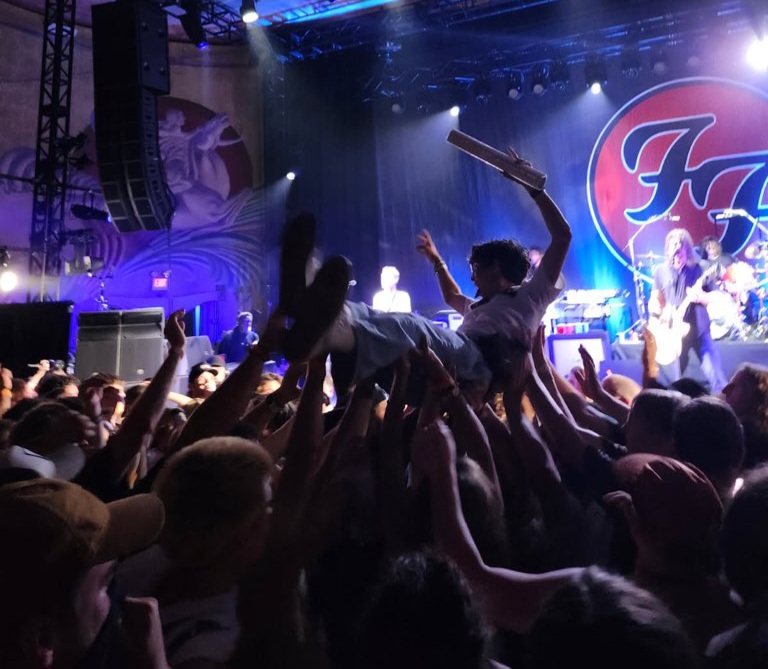
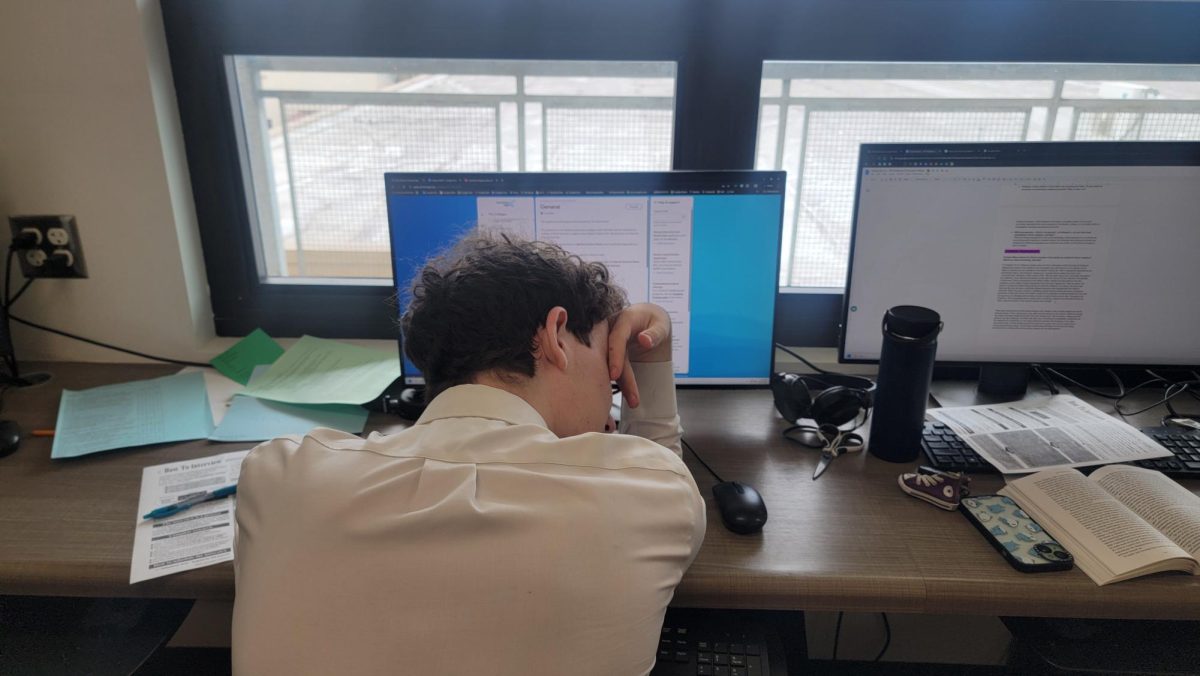





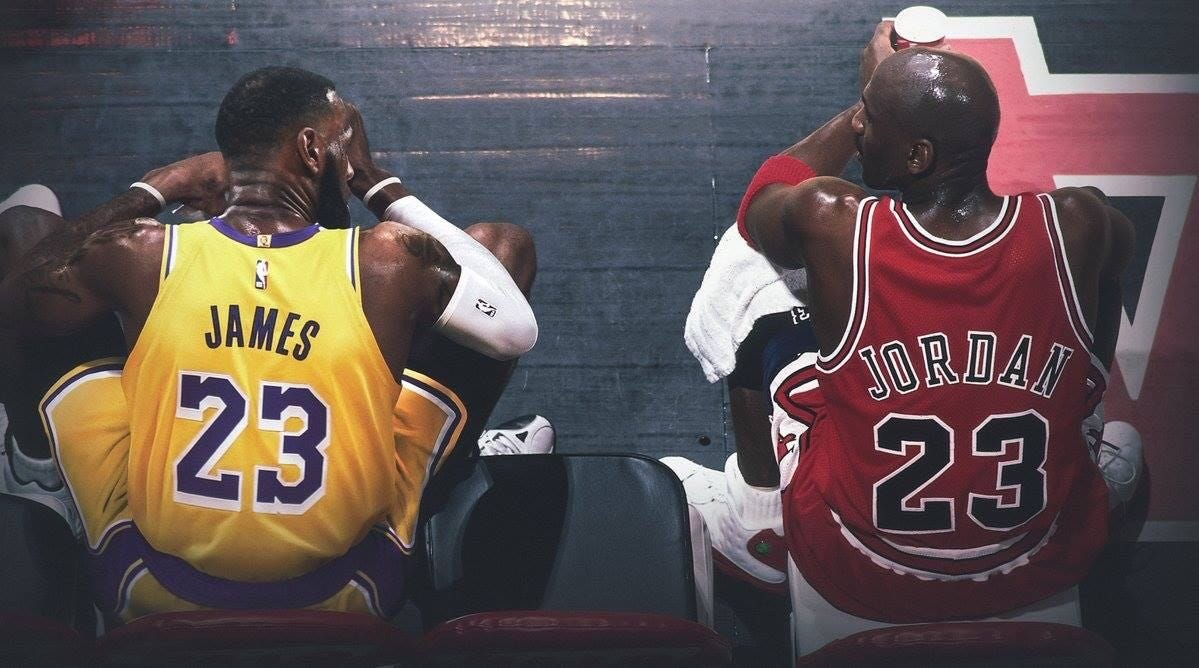
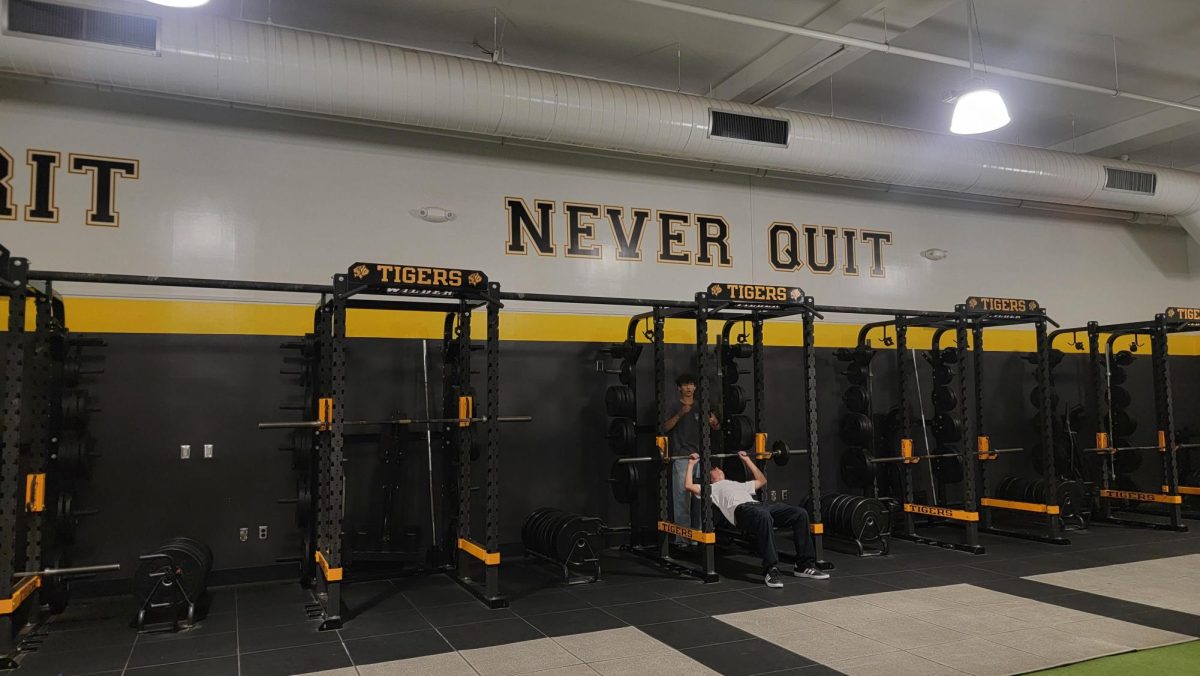




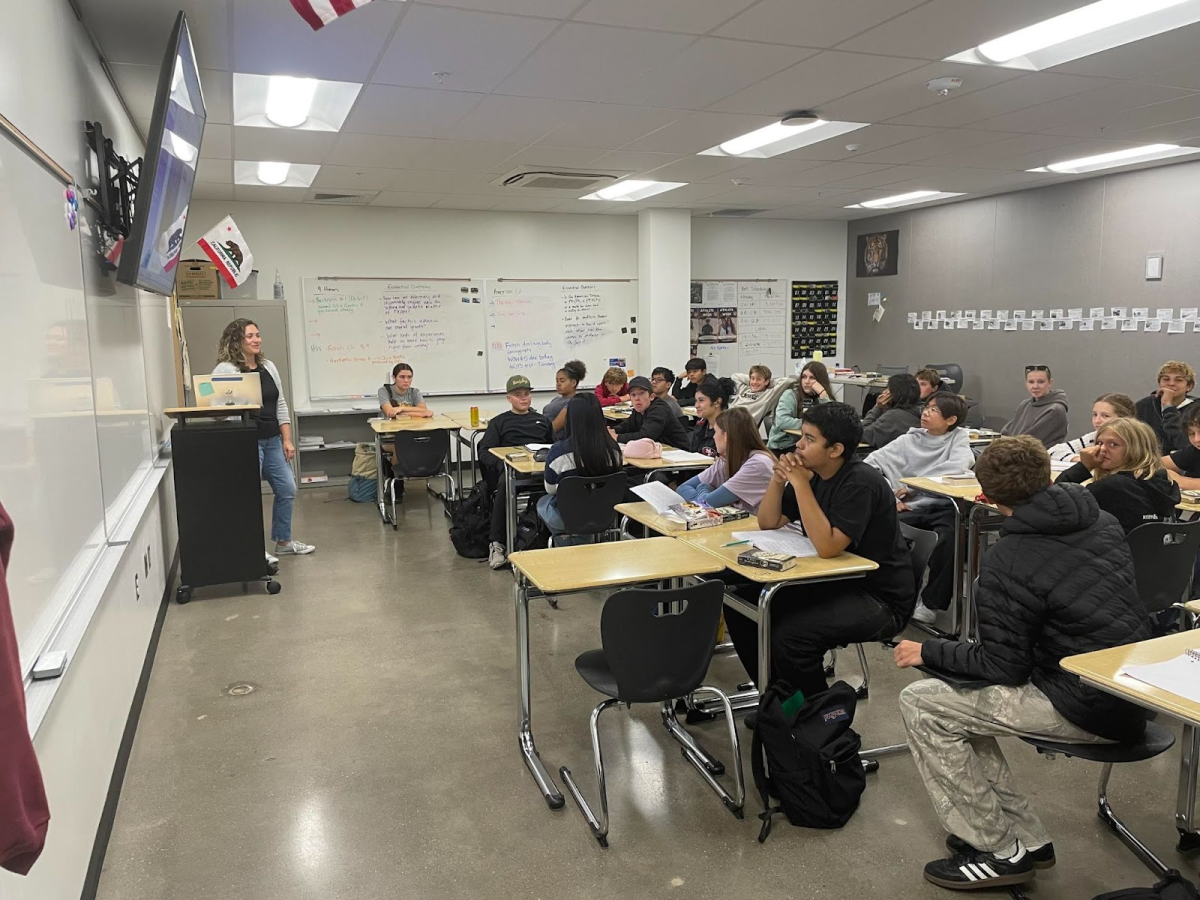



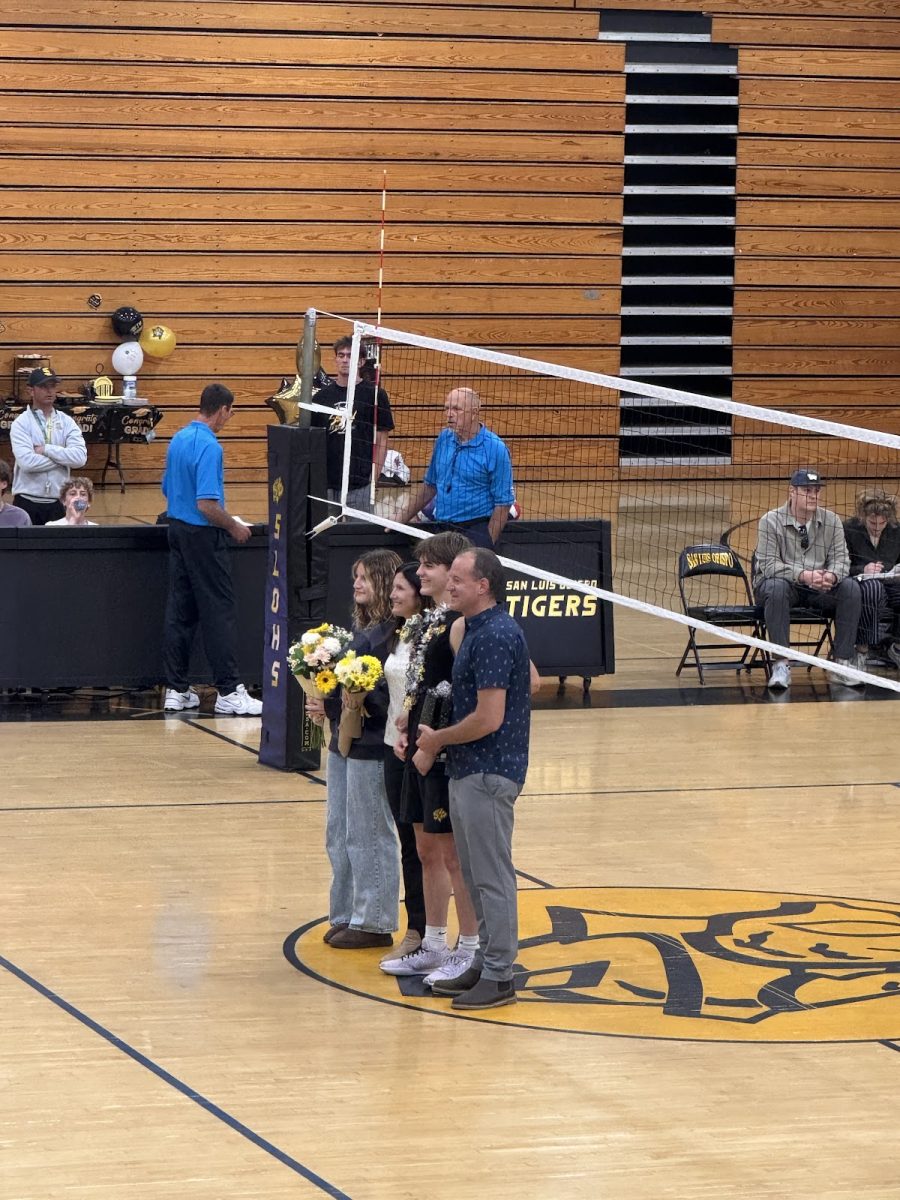
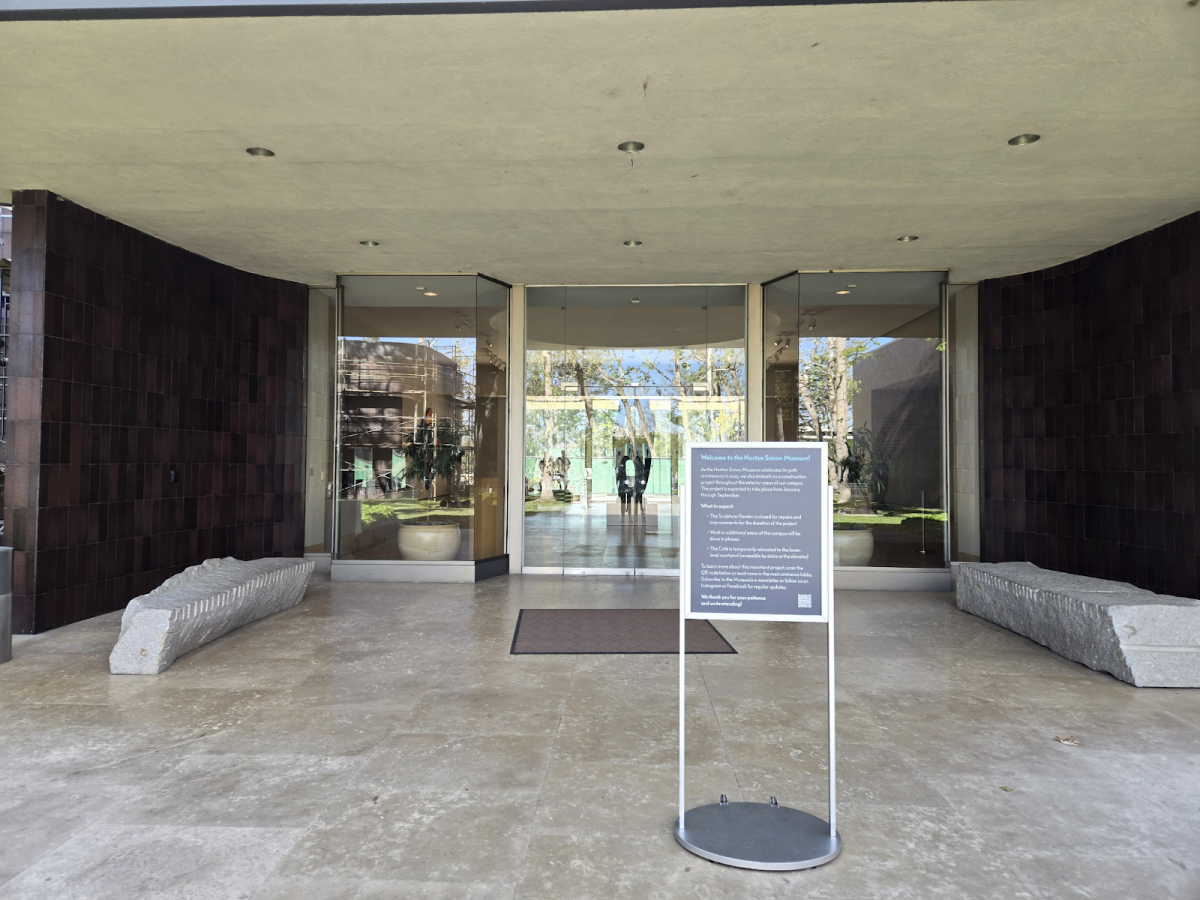


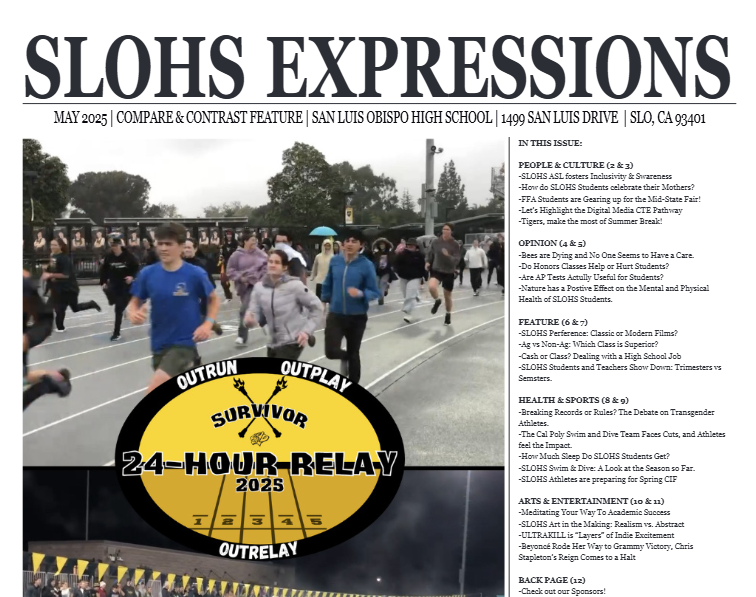





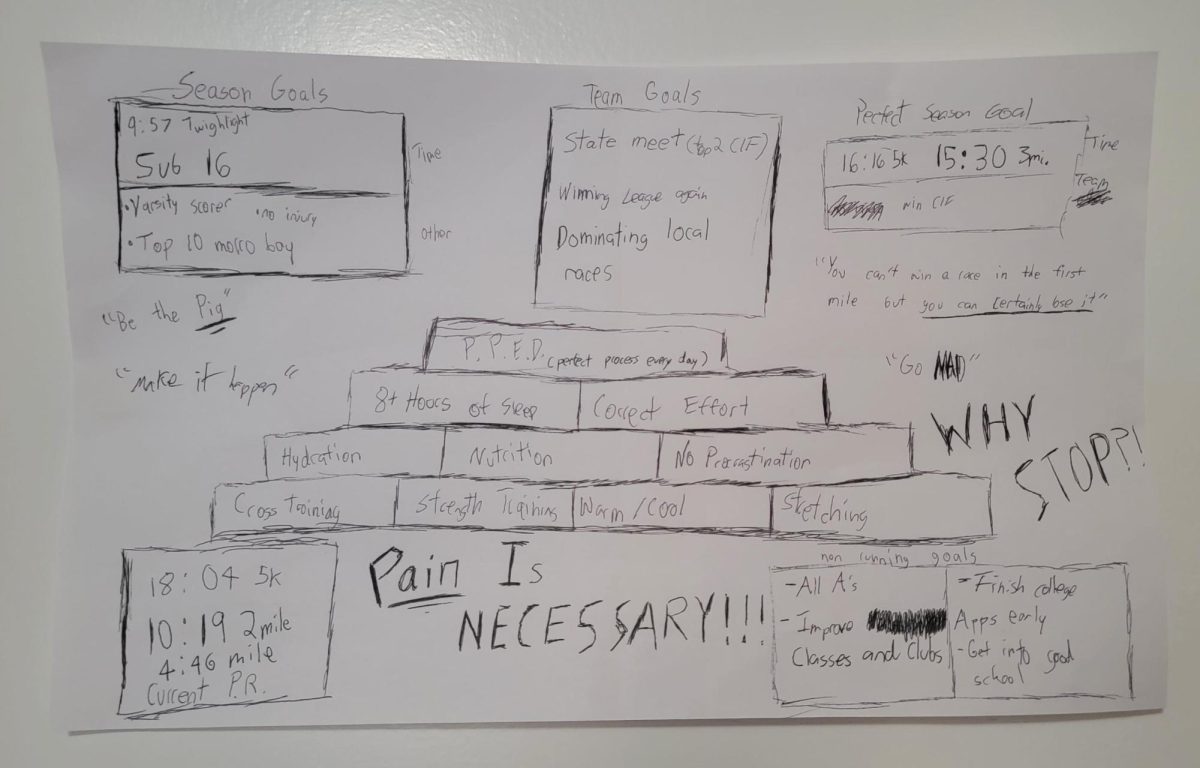

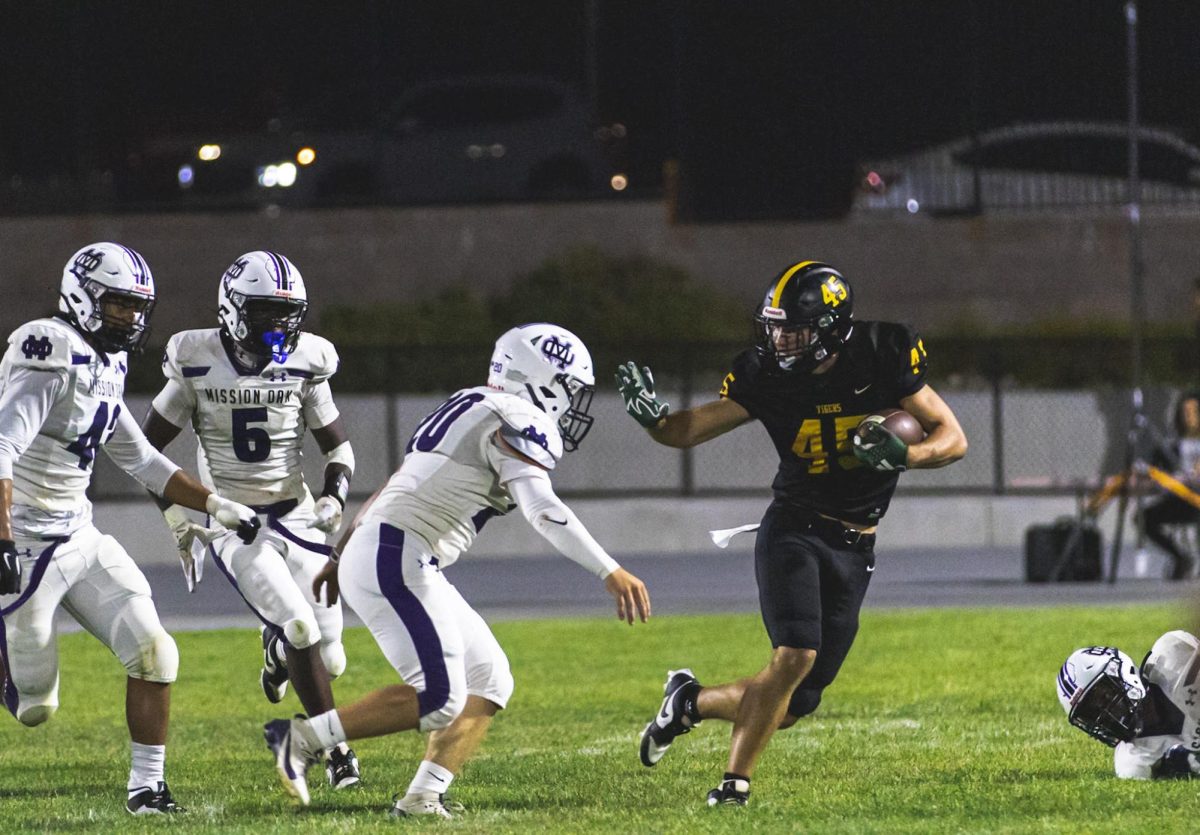
Gibran Covarrubias • Aug 25, 2025 at 4:31 pm
This article is great…and that goal sheet is very inspiring!